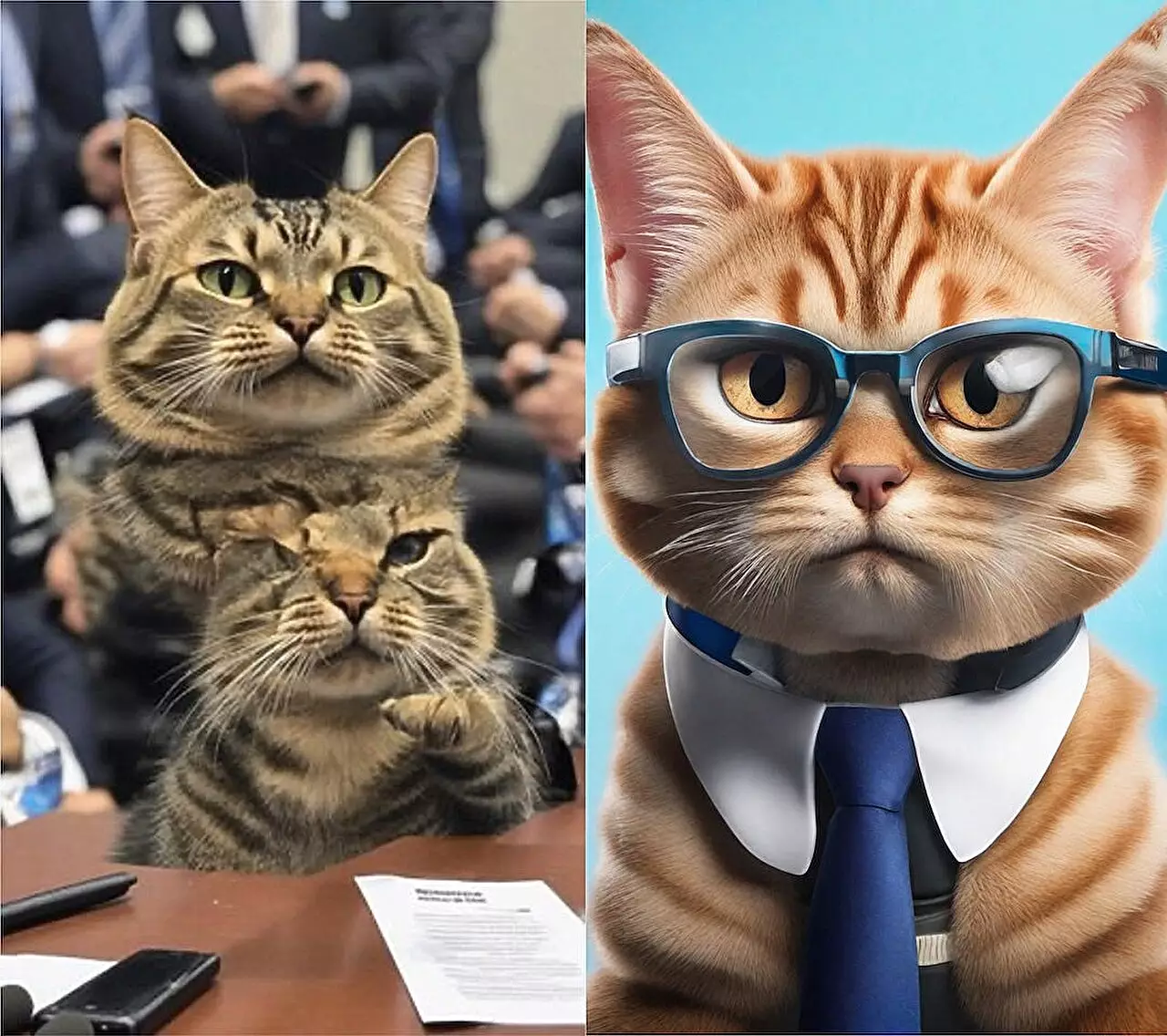Generative artificial intelligence (AI) has made significant strides in recent years, particularly in the realm of image creation. However, the technology still grapples with fundamental challenges, especially concerning consistency and accuracy. Academics and industry professionals alike have noted recurring issues such as poor finger depiction and flawed facial structures in AI-generated images. These deficiencies amplify when the AI is tasked with producing images at varying sizes and aspect ratios. In response to these pitfalls, researchers at Rice University have proposed a groundbreaking solution known as ElasticDiffusion, aiming to refine how generative models operate at different resolutions without compromising image quality.
Understanding Diffusion Models
Diffusion models represent an intriguing category of generative AI, which “learns” from noise applied to input images. The process involves layering an image with random noise and subsequently removing this noise to unveil new, synthesized images. Prominent examples of diffusion models include Stable Diffusion, Midjourney, and DALL-E, which have garnered attention for their ability to generate lifelike images. Moayed Haji Ali, a doctoral candidate at Rice University, highlighted that although these models can produce impressive results, they are severely limited to generating square images. Consequently, when asked to produce non-square images, they often generate repetitive and distorted elements, leading to bizarre visual outputs.
Issues Surrounding Aspect Ratios
This inadequacy becomes particularly evident when one considers different device displays, such as monitors and smartwatches, which often possess unique aspect ratios. Haji Ali points out that when models like Stable Diffusion are asked to generate images in a 16:9 ratio, the generated content often shows visible flaws, including subjects with anatomical distortions like six fingers or stretched objects. This phenomenon stems from a fundamental flaw in how these models are trained; they frequently overfit to a particular resolution, limiting their ability to reinterpret or generate images outside their training data.
Vicente Ordóñez-Román, an associate professor of computer science at Rice, emphasizes the complications posed by overfitting in AI. This condition arises when a model becomes exceptionally good at reproducing images it has been trained on but falls short when faced with unfamiliar requests. Training models on diverse image types could theoretically address this issue; however, such an approach demands vast computational resources — often requiring hundreds or even thousands of graphics processing units (GPUs).
ElasticDiffusion introduces a refined methodology to counteract these limitations effectively. Rather than merging local (detailed pixel information) and global signals (overall image structure) into a single processing stream, ElasticDiffusion separates these signals into different paths: conditional and unconditional generation. This separation allows the model to maintain global consistency in the image while filling in local details without confusion or repetition, greatly enhancing its capability to adapt to non-square aspect ratios.
This innovative approach leads to significantly improved visual outputs. Haji Ali asserts that the separation between the global and local signals allows for cleaner images that don’t require additional training to enhance their fidelity. This method utilizes an intelligent subtraction mechanic between the two models, yielding a score that reflects the overall image structure before applying local details systematically across quadrants of the image.
Caveats and Future Directions
While ElasticDiffusion’s results are promising, there exists a notable caveat: the time required for image generation. Currently, this method takes approximately six to nine times longer than existing models like Stable Diffusion or DALL-E. Haji Ali aims to streamline this process, eventually establishing a framework that would facilitate perfectly adapted images for any aspect ratio while matching the inference times of current state-of-the-art models.
While the developments surrounding ElasticDiffusion indicate significant progress toward resolving longstanding issues in image generation, the ultimate goal is to create a versatile framework capable of addressing diverse visual requests without the drawbacks of overfitting and long processing times. As researchers continue to explore the intricacies of generative AI, the possibility of overcoming these limitations seems increasingly attainable. Haji Ali’s work at Rice University not only seeks to enhance the capabilities of generative models but also emphasizes the need for ongoing innovation in the AI field to meet the evolving demands of digital imagery.

